
Benefits of Finger Millet
Finger Millet more commonly known as Ragi or nachani and in Mewar we prefer to call it mal and subsequently there is very famous dish call malpua which is made out of this millet only. It’s now a part of the diet in most households in India due to its impressive nutritional value. Its so rich in nutrients that unless you take it regularly, its importance will remain misunderstood. It was always considered as poor man’s food but now it is accepted by people living in urban areas also. I will say recent technological developments have contributed a lot in bringing back to our plate. It has gained its popularity among farmers for its easier growth and process if compared to other millets.
It is loaded with calcium, good for diabetics, promote skin health and it is boost of haemoglobin
Benefits of pearl Millet
Pearl Millets,easy to find and resource compared to other millets throughout India. Commonly known as Bajra is a profoundly nutritious and easy to digest cereal grain. Being non-glutinous makes it a healthy option for people with a gluten allergy and celiac disease. They are power-packed with carbohydrates, calcium, essential amino acids, antioxidants, and multiple vitamins like thiamine, riboflavin, folic acid, niacin, beta carotene, and minerals like iron, phosphorus, magnesium, and zinc.
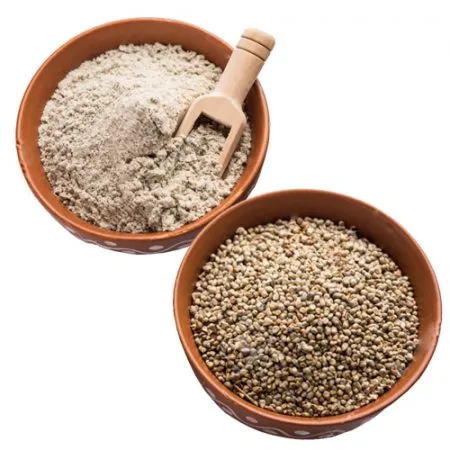
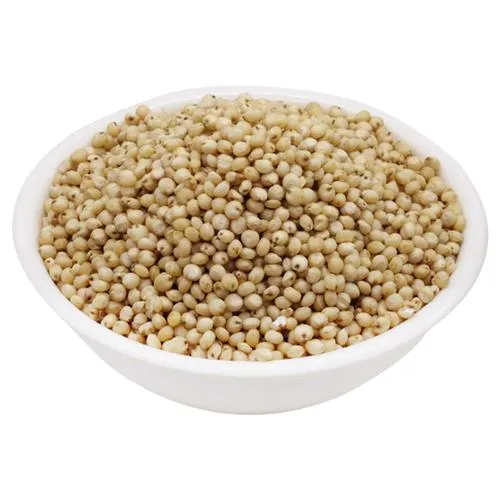
Benefits of sorghum Millet:
Pearl Millets,easy to find and resource compared to other millets throughout India. Commonly known as Bajra is a profoundly nutritious and easy to digest cereal grain. Being non-glutinous makes it a healthy option for people with a gluten allergy and celiac disease. They are power-packed with carbohydrates, calcium, essential amino acids, antioxidants, and multiple vitamins like thiamine, riboflavin, folic acid, niacin, beta carotene, and minerals like iron, phosphorus, magnesium, and zinc.
Benefits of Barnyard Millet
Indian barnyard millet (Sanwa) is a wholesome diet package and is also rich in fibre and minerals. Its rich in properties like Low carbohydrate, low glycemic Index and gluten-free grains which add additional benefits to various health issues like obesity and diabetes. This article highlights the importance of Sanwa in terms of its Nutritional Values and Pharmacological Benefits.
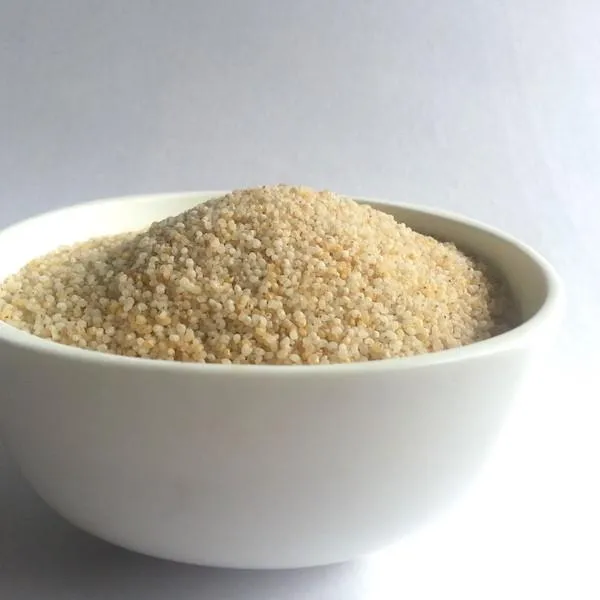
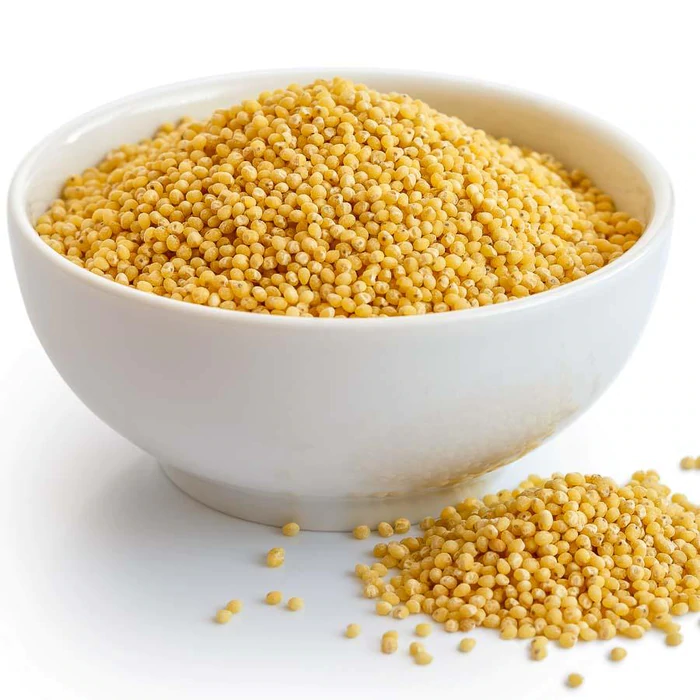
Benefits of Foxtail Millet:
Foxtail millet like other millets is a powerhouse of nutrition. Rich in Vitamin B12, these tiny seeds can offer you a daily dose of ample protein, good fat, carbs and amazing dietary fibre content. Besides copious amounts of lysine, thiamine, iron and niacin, it also offers copious amounts of calcium.
Benefits of Kodo Millet:
It contains a high amount of lecithin and is excellent for strengthening the nervous system. Kodo millets are rich in B vitamins, especially niacin, B6 and folic acid, as well as the minerals such as calcium, iron, potassium, magnesium and zinc.
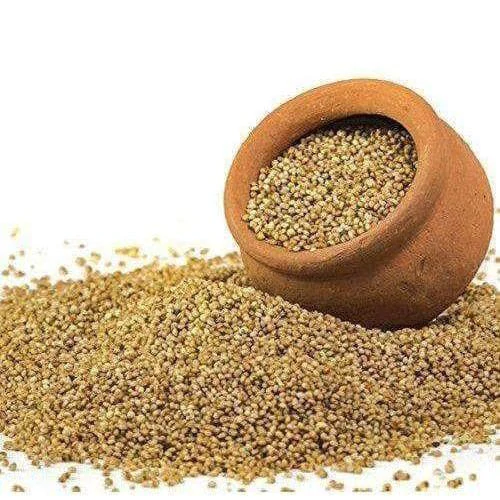
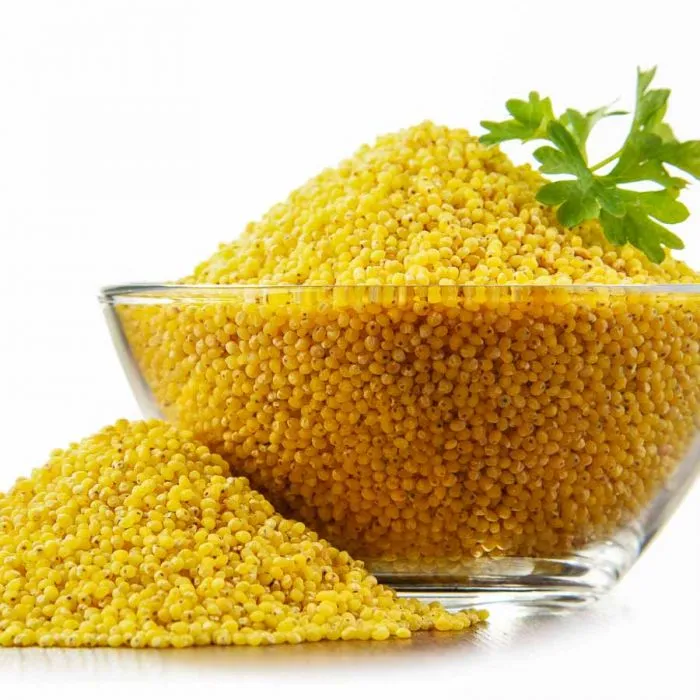
Benefits of Proso Millet:
Proso millet contains high lecithin which supports the neural health system. It is rich in vitamins (niacin, B-complex vitamins, and folic acid), minerals (P, CA, Zn, Fe) and essential amino acids (methionine and cysteine). It has a low glycaemic index and reduces the risk of type-2 diabetes.
Benefits of Little Millet:
Proso millet contains high lecithin which supports the neural health system. It is rich in vitamins (niacin, B-complex vitamins, and folic acid), minerals (P, CA, Zn, Fe) and essential amino acids (methionine and cysteine). It has a low glycaemic index and reduces the risk of type-2 diabetes.
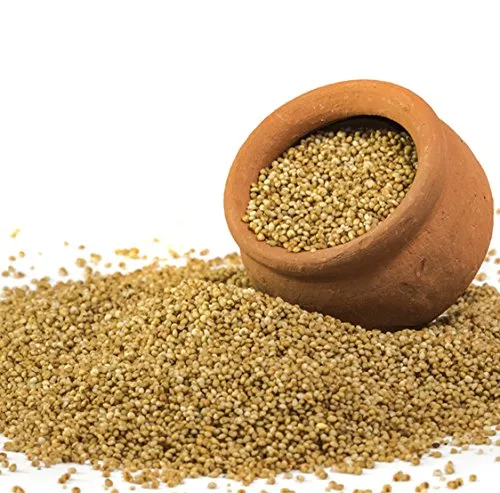
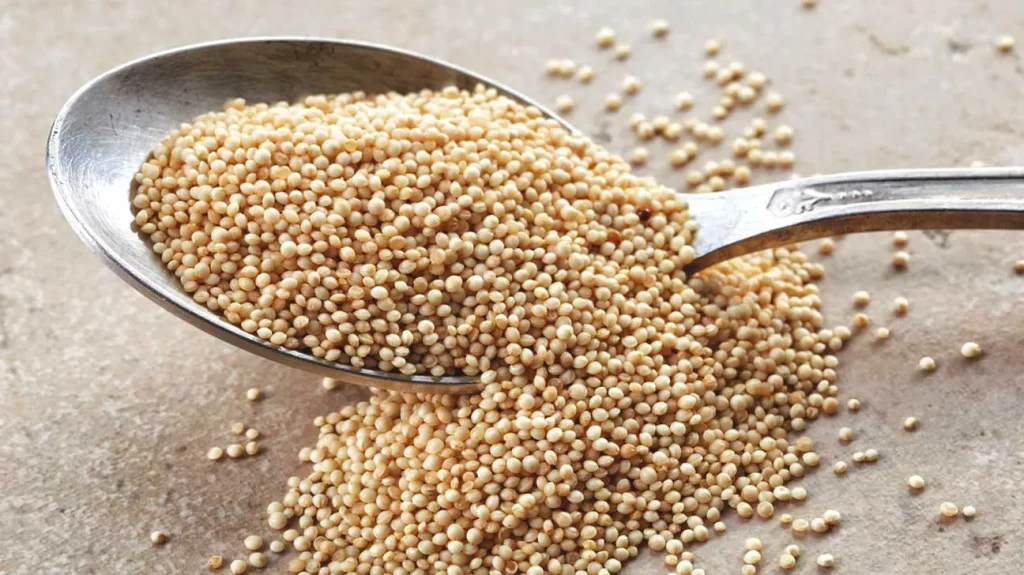
Benefits of Amaranth:
This ancient grain is rich in fiber and protein, as well as many important micronutrients. In particular; amaranth is a good source of manganese, magnesium, phosphorus, and iron
